Varicose veins in the legs is a disease accompanied by a disorder of venous valve functions.The disease is dangerous: there is a risk of thrombophlebitis development (inflammation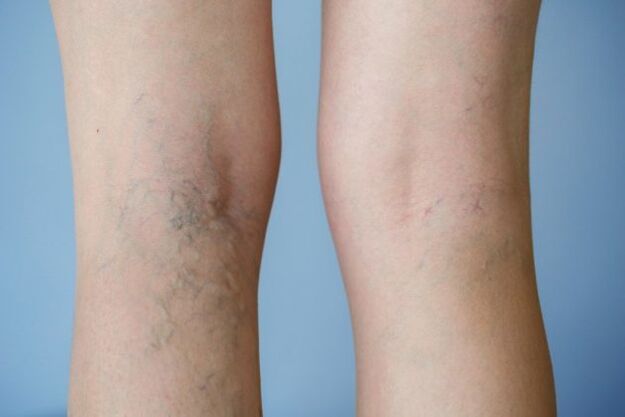 Internal walls of blood vessels) and blood clots that can overlap in the light of the vessel.Varicose veins in the legs is a disease accompanied by a disorder of venous valve functions.Very often, there are varicose veins in the legs.There is a persistent and irreversible expansion and a length change, while the venous wall is thinner.Approximately each third woman and each tenth man to one degree or another manifest varicose veins.The beginning of the development of the disease falls to more than 30 to 40 years with body.Varicosis begins with a deterioration in the appearance of the legs.When the pathology reaches the advanced stages, complications develop.Over time, treatment initially eliminates the patient from the need for surgery.Varicosis can be determined by the characteristic balls of the veins that stand out on the surface of the skin.The appearance of twisted, expanded and outstanding vessels on the legs.In addition, you can notice how spots and dark blue tooth wheels appear on the skin.They also indicate the development of the pathology of blood vessels.With the progression of varicose vessels, vessels can expand so that grape groups begin to look like.The diagnosis of varicose veins is carried out on the basis of patient complaints, the examination of the lower limbs, laboratory and instrumental exams.In the early stages, patients often do not go to the hospital, because the lack of pronounced symptoms gives the impression that everything is fine with the vessels.The diagnosis of varicose veins is based on laboratory and instrumental exams.During the inspection, the patient must stand.In this position, it is easier for a doctor to determine the presence of vascular disorders and deviations in a normal blood flow.Depending on the seriousness of the deformation of the veins, the presence of a vascular pattern is determined by the stage of varicose veins.During palpation, they determine:
Internal walls of blood vessels) and blood clots that can overlap in the light of the vessel.Varicose veins in the legs is a disease accompanied by a disorder of venous valve functions.Very often, there are varicose veins in the legs.There is a persistent and irreversible expansion and a length change, while the venous wall is thinner.Approximately each third woman and each tenth man to one degree or another manifest varicose veins.The beginning of the development of the disease falls to more than 30 to 40 years with body.Varicosis begins with a deterioration in the appearance of the legs.When the pathology reaches the advanced stages, complications develop.Over time, treatment initially eliminates the patient from the need for surgery.Varicosis can be determined by the characteristic balls of the veins that stand out on the surface of the skin.The appearance of twisted, expanded and outstanding vessels on the legs.In addition, you can notice how spots and dark blue tooth wheels appear on the skin.They also indicate the development of the pathology of blood vessels.With the progression of varicose vessels, vessels can expand so that grape groups begin to look like.The diagnosis of varicose veins is carried out on the basis of patient complaints, the examination of the lower limbs, laboratory and instrumental exams.In the early stages, patients often do not go to the hospital, because the lack of pronounced symptoms gives the impression that everything is fine with the vessels.The diagnosis of varicose veins is based on laboratory and instrumental exams.During the inspection, the patient must stand.In this position, it is easier for a doctor to determine the presence of vascular disorders and deviations in a normal blood flow.Depending on the seriousness of the deformation of the veins, the presence of a vascular pattern is determined by the stage of varicose veins.During palpation, they determine:
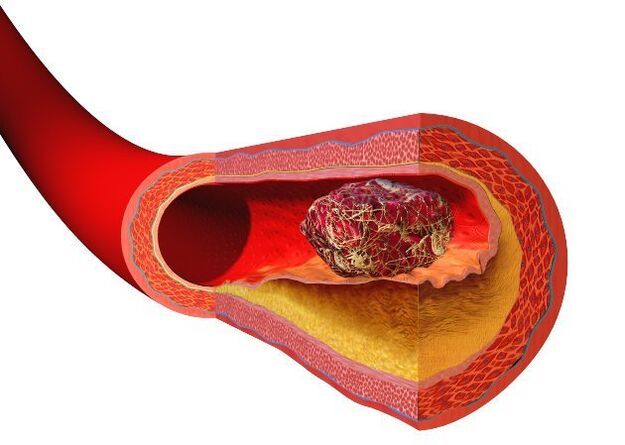
- pain;
- the density of the deformed vessels;
- the length of the pathological sections of the veins;
- The presence of high temperature in the lesion.
The advanced vascular diagnosis method is magnetic resonance (MRI).The doctor must prescribe a duplex or additional exploration of the blood vessels.Special patient preparation for said diagnostic procedure is not required.Using ultrasound, it can diagnose varicose veins at an early stage.The advanced vascular diagnosis method is magnetic resonance (MRI).A blood test is required to determine the number of red blood cells and the hemoglobin level.Extend the platelet standard indicates a violation of blood clotting.Leukocytosis indicates the development of an inflammatory process in the body.The varicosis of the lower extremities is treated using surgery in vessels altered by the disease using sclerotherapy or medications.Therapeutic physical education and the use of therapeutic point garments are actively used.Proper nutrition is important in the treatment of the disease, enriched with vitamins, which allows us to prevent the development of obesity.Proper nutrition is important in the treatment of the disease, enriched with vitamins, which allows us to prevent the development of obesity.Medications (creams, ointments, varicose veins tablets are used in the early stages of disease development).They are prescribed for the purpose of:
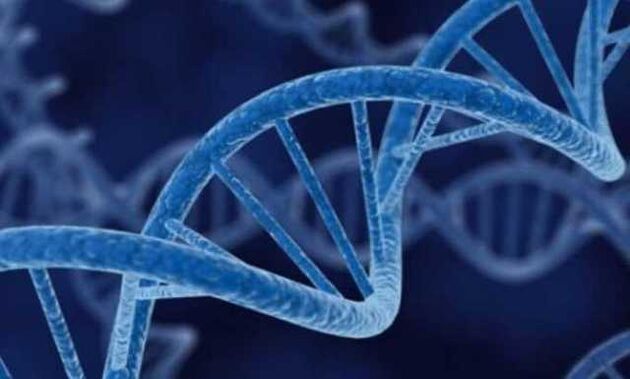
- pain reduction;
- Edema elimination;
- improving the operation of the vein valves;
- increasing the tone of the walls of the veins;
- Restoration of normal blood flow;
- Prevention of complications of varicose veins.
Pharmacological therapy for the treatment of varicose veins of the lower extremities.All drugs with proper use do not cause side effects.Popular methods to treat the disease have advantages:
- eliminate the causes of the disease;
- They have no contraindications;
- have a lot of vitamins in its composition;
- Available for all patients.

For the treatment of veins patients, chestnut of horses is used.His extract is part of creams, gels against varicose veins.With surgical intervention, affected veins are eliminated.This does not interfere with normal blood circulation and does not represent a danger to the body.The load is taken with deep veins, which compensate for the missing superficial blood vessels.Skerotherapy can also be prescribed to the patient.The principle of the operation is that drugs that stick their walls and cover the free space are introduced into the container.To avoid varicose veins, you must participate in swimming.To prevent varicose veins, it is required:
- Take a break in sedentary or standing work;
- leave the habit of throwing your feet on the leg during the seat;
- Do not wear narrow and tight clothes;
- Women refuse to wear hair shoes;
- Folle the constipation, introducing products that normalize the diet's intestine functions;
- participate in swimming;
- During the night of the night, lift the legs (about 20 cm above the heart level);
- abandon smoking and drinking alcohol;
- Drink at least 2 liters of water per day to avoid dehydration;
- Do not abuse sunbathing.
The varicose veins of the lower extremities imply the use of special point clothing or elastic bandages to reduce loading in the vein and exclude blood stagnation.When choosing compression products, the degree of development of varicose veins and the characteristics of the legs structure are taken into account.Compression therapy can be prescribed at any stage of the development of the disease.To prevent the progression of the disease, products that strengthen the walls of the vessels are prescribed.The diet should include all fruits or berries rich in vitamin C. The amount of seafood: mussels, oysters, shrimp in the daily menu.An important place in therapeutic nutrition occupies Vegetable sheet, lentils, celery, apples, oats.They provide normal intestines, eliminate constipation.In addition, these dishes contribute to weight loss, which is necessary in the treatment of varicose veins.Complications manifest in the advanced stages of the development of the disease.They are a danger to the health and life of the patient.Symptoms, such as an increase in body temperature (not only in the damage area), weakness, acute pains in the lower extremities can indirectly indirectly indirectly indirectly indirectly indirectly indirectly indirectly indirectly indirectly indirectly indirectly indirectly by the development of varicose veins complications.They appear with severe decompensation of blood exit.There is an increase in the permeability of the wall of the container, so the skin darkens.With the progression of the pathological process, a whitish seal appears and, as a result of the lesions, the risk of ulcers' development increases significantly.For the treatment of varicose veins, measures are necessary to activate the growth of connective tissue elements.An elastic bandage is prescribed.For the treatment of varicose veins, measures are necessary to activate the growth of connective tissue elements.An elastic bandage is prescribed.Vitamins, antispasmodics, non -steroidal anti -inflammatory drugs, system enzymes and drugs that improve fat metabolism are shown.With such a disease, clots are formed, obstructing the light in the vessels located under the skin.At the same time, inflammation of the vein wall occurs.Thrombophlebitis symptoms:
Vegetable sheet, lentils, celery, apples, oats.They provide normal intestines, eliminate constipation.In addition, these dishes contribute to weight loss, which is necessary in the treatment of varicose veins.Complications manifest in the advanced stages of the development of the disease.They are a danger to the health and life of the patient.Symptoms, such as an increase in body temperature (not only in the damage area), weakness, acute pains in the lower extremities can indirectly indirectly indirectly indirectly indirectly indirectly indirectly indirectly indirectly indirectly indirectly indirectly indirectly by the development of varicose veins complications.They appear with severe decompensation of blood exit.There is an increase in the permeability of the wall of the container, so the skin darkens.With the progression of the pathological process, a whitish seal appears and, as a result of the lesions, the risk of ulcers' development increases significantly.For the treatment of varicose veins, measures are necessary to activate the growth of connective tissue elements.An elastic bandage is prescribed.For the treatment of varicose veins, measures are necessary to activate the growth of connective tissue elements.An elastic bandage is prescribed.Vitamins, antispasmodics, non -steroidal anti -inflammatory drugs, system enzymes and drugs that improve fat metabolism are shown.With such a disease, clots are formed, obstructing the light in the vessels located under the skin.At the same time, inflammation of the vein wall occurs.Thrombophlebitis symptoms:
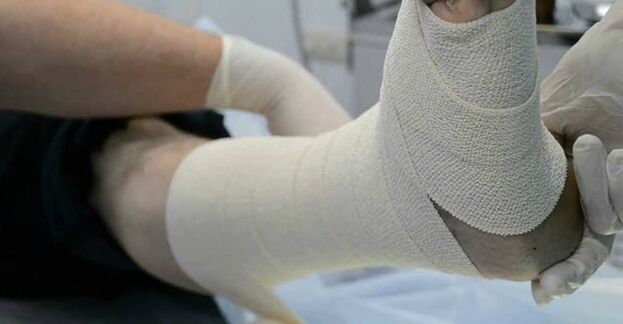
- redness of the affected vein;
- severe pain;
- the appearance of subfebril temperature;
- Soft felt tissue seal on palpation.
This vascular disease requires urgent hospitalization of the patient and emergency surgery.This vascular disease requires urgent hospitalization of the patient and emergency surgery.Pregnancy is the most common cause of disease development in women.Pregnancy is the most common cause of disease development in women.During pregnancy, you can use compression linen.Vitamin -rich dishes must be included in the diet.
Complications of varicose veins: Why do they arise and how are they treated?
The varicose veins of the lower extremities, like any other disease, have their consequences.The complications of varicose veins negatively affect human health.Its development is generally associated with the premature beginning of the treatment of the disease.The first symptoms of varicose veins cannot be ignored.This disease cannot pass independently, slowly, but constantly the condition of the vessels will only worsen.Even minor symptoms in varicose veins can cause irreversible complications.
Why can complications arise with varicose veins?

The possible complications of the varicose veins appear more frequently because the disease progresses too fast or was not due to its proper treatment.Sometimes, the cause of the consequences is an ineffective or incorrectly selected therapy.Therefore, if the first signs of the varicose veins are found, it is recommended not to ignore the beginning of the pathological process, but seek qualified help for a specialist in phlebology.Only a doctor can choose the tactics of the treatment, prevent the additional development of the varicose veins in the legs and their subsequent complications.Read more about what complications the varicose veins are dangerous →
Swelling
The swelling of the lower extremities is the most common complication of varicose veins.They are classified into two types: milk and blue.Leg milk edema is a deep vein thrombosis symptom.With this complication, the skin acquires a white tone, and the leg itself looks swollen and the pain feels in the direction of Down.In this case, the limb becomes hot and densest when probe.The treatment is usually surgical, since it is important to eliminate the movement of blood clots to the heart and pulmonary artery.Blue edema is more dangerous than milk.The lower extremities in this case begin to swell from the bottom up, with a painful skin tension, which are painted in a black blue color.The cause of blue edema is stagnant blood phenomena, which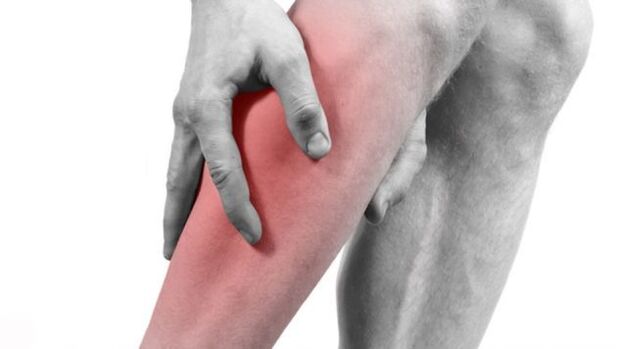 It causes hypoxia or an oxygen intake deficiency at the bottom of the legs of the legs.If you do not take the appropriate measures in the shortest possible time, the disease is very likely to spread.Due to the stagnation of blood in the glasses and the lack of trophism of the legs in the skin, a complication such as trophic ulcers will form.In the absence of help in this case, the probability of gangrene and the subsequent death of the patient is high.The edema treatment of the lower extremities is to wear compression knit garments, taking phlebotropic drugs.The surgical treatment is based on the elimination of the vein affected by surgical or laser coagulation.
It causes hypoxia or an oxygen intake deficiency at the bottom of the legs of the legs.If you do not take the appropriate measures in the shortest possible time, the disease is very likely to spread.Due to the stagnation of blood in the glasses and the lack of trophism of the legs in the skin, a complication such as trophic ulcers will form.In the absence of help in this case, the probability of gangrene and the subsequent death of the patient is high.The edema treatment of the lower extremities is to wear compression knit garments, taking phlebotropic drugs.The surgical treatment is based on the elimination of the vein affected by surgical or laser coagulation.
Phlebitis
Possible complications of varicose veins include phlebitis due to inflammatory processes on the walls of the veins.Typically, the pathology affects a vein located below the surface of the skin.The primary symptom of phlebitis is pain of pain and seal along the vein, affected by inflammation.In acute phlebitis, the skin gets red and heated to the touch, the touch causes discomfort and pain.If individual veins become inflamed, the situation is tolerant.But if the disease has affected many veins, the condition becomes unbearable.In the absence of adequate treatment, Phleit soon becomes thrombophlebitis.Such complications of the varicose veins of the lower extremities such as an advance of the affected vein and bleeding can also occur.Flibitas treatment is usually medications.

Assigned:
- local use of drug compresses;
- reception of non -steroidal anti -inflammatory drugs;
- Preparations that improve the rheological properties of blood and feed the walls of blood vessels.
In the case of uncomplicated injury to surface veins, the treatment is carried out in an outpatient manner, with the development of complications and deterioration, the hospital treatment is indicated.
Thrombophlebitis
Another complication of the varicose veins of the lower extremities is thrombophlebitis.This condition is characterized by the presence of blood clots in the inflamed veins.Thrombophlebitis, as a rule, is the next step after phlebitis.A thrombus is a blood clot that qualitatively differs from an ordinary rolled blood lump.When bleeding stops, blood becomes a small clot as a result of sedimentation of platelets in the injured areas of blood vessels.A thrombus has a dense structure than a regular blood clot.On the walls of the veins, the blood clots are formed several times more often than in the arteries.This education is partially linked to the wall of the container, its main part is in free movement in the light of the vein.The fabrics can leave and, together with the general blood flow, is transferred closer to the lungs and the heart, which is dangerous for the death of a person.
Thrombophlebitis symptoms:
- pulling pain in the legs;
- leg swelling;
- Hyperemia and seal of affected tissues;
- Less frequent: general weakness and deterioration.
The treatment of thrombophlebitis generally consists in the surgical elimination of the affected veins.If the operation for some reason is temporarily impossible, conservative treatment is carried out under medical supervision.
The basis of pharmacological therapy is the basis of:
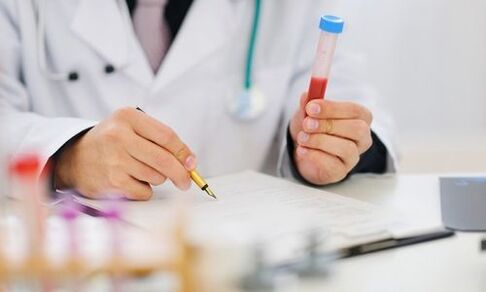
- Non -steroidal anti -inflammatory drugs;
- Routine derivatives;
- Diggarts
In the first symptoms of a thrombus separation, the operation cannot be postponed.
Thrombosis
The diagnosis of thrombosis is the progression of thrombophlebitis, the following complication with the varicose veins of the legs.This condition is characterized by the formation of blood clots in deep veins, threatens human life, since it is these veins that are associated with the heart and pulmonary artery.The disease usually develops in the thickness of the calf muscles.The symptoms of thrombosis are a very appeared edema of an ankle and a outbreak sensation of the calf muscles.If the blood clots rise above, the veins of the peritoneum, pain and edema appear in the lower limb.Sometimes, symptoms of pain and edema appear in one leg, although the disease affects the other leg.According to statistics, the left limb suffers more frequent thrombosis.























